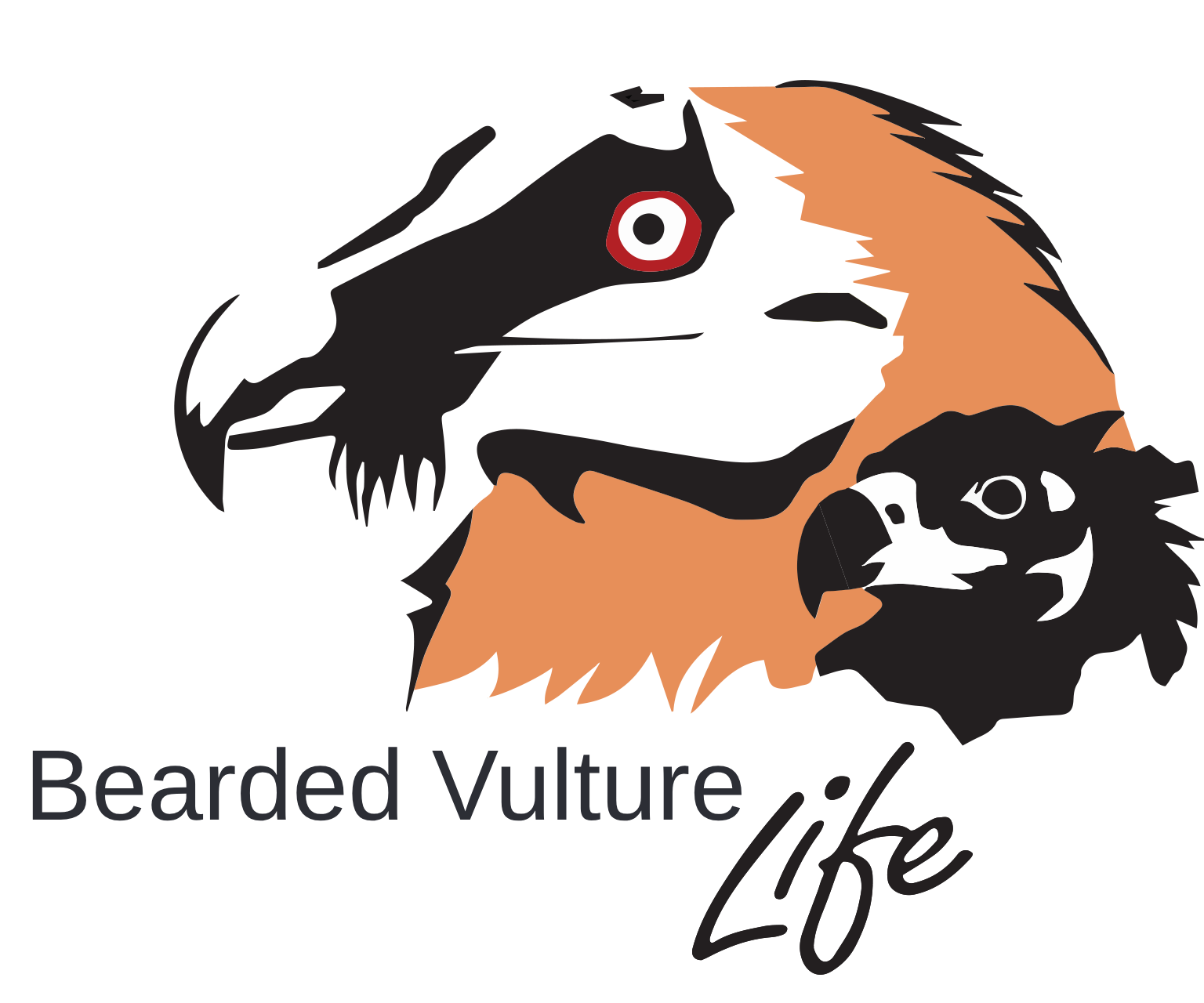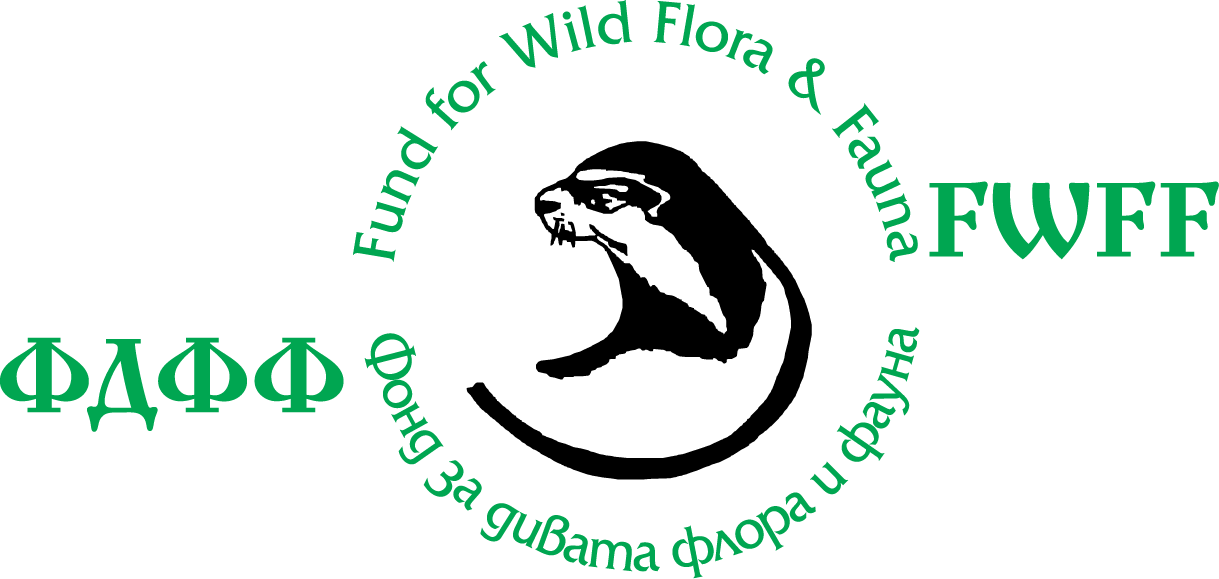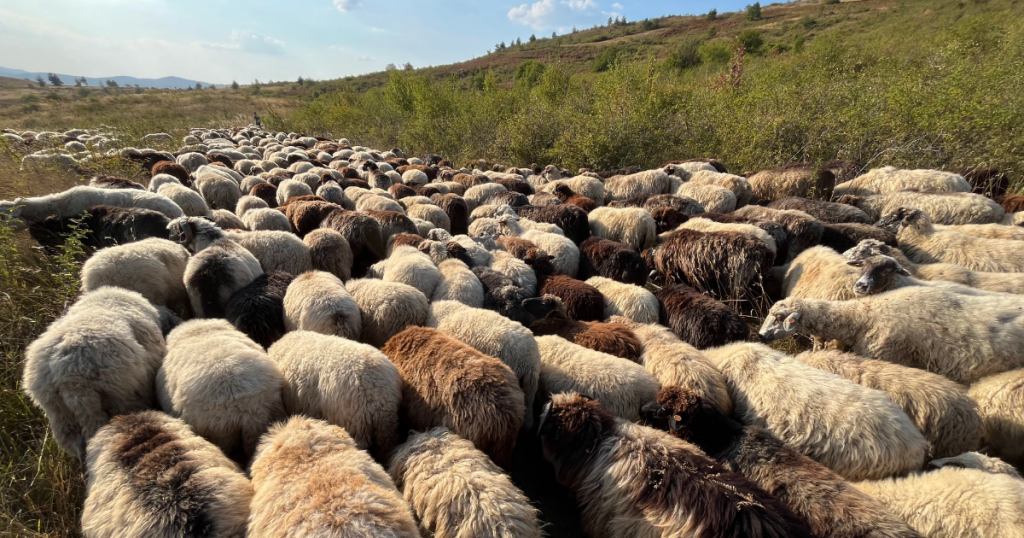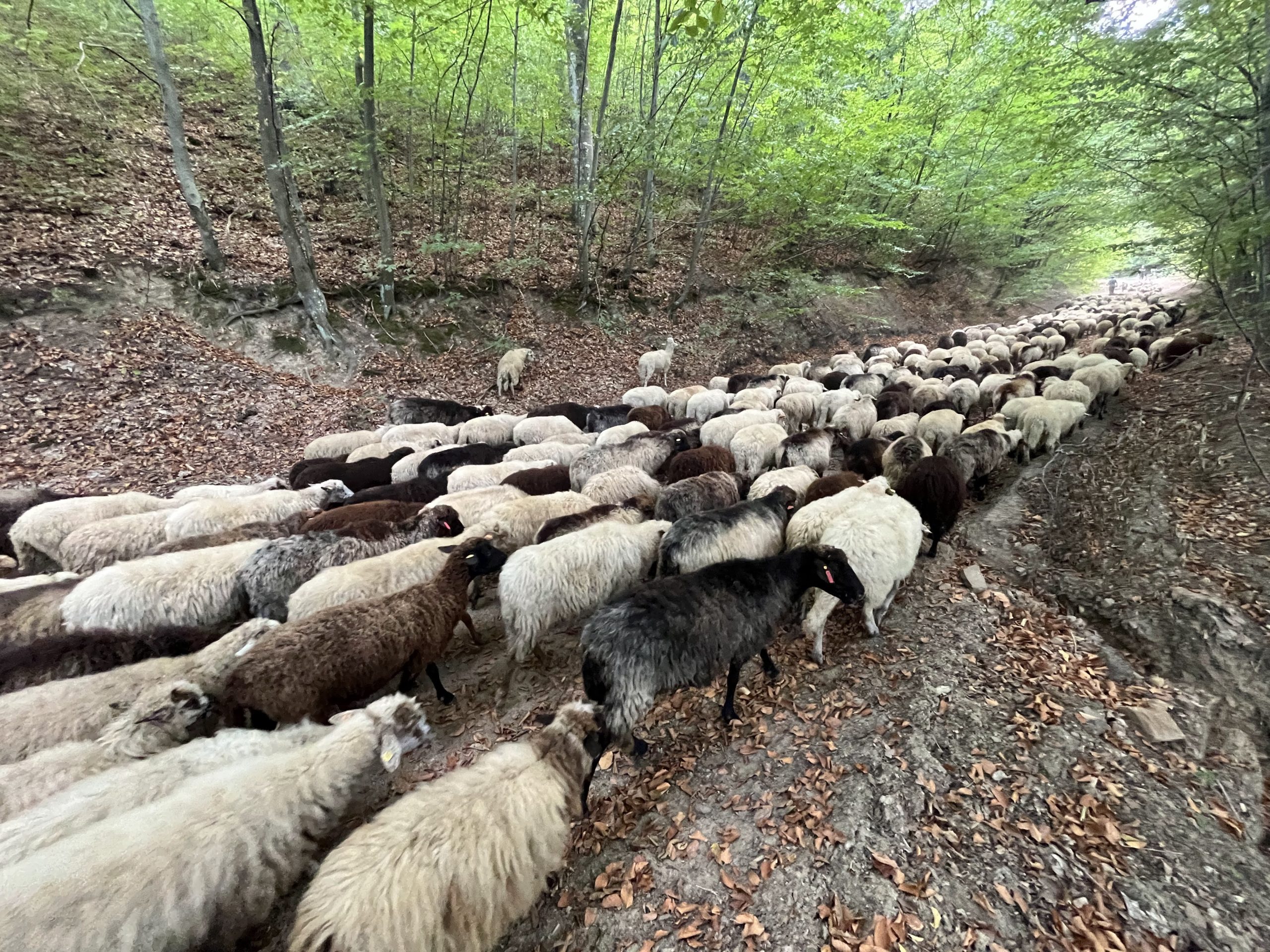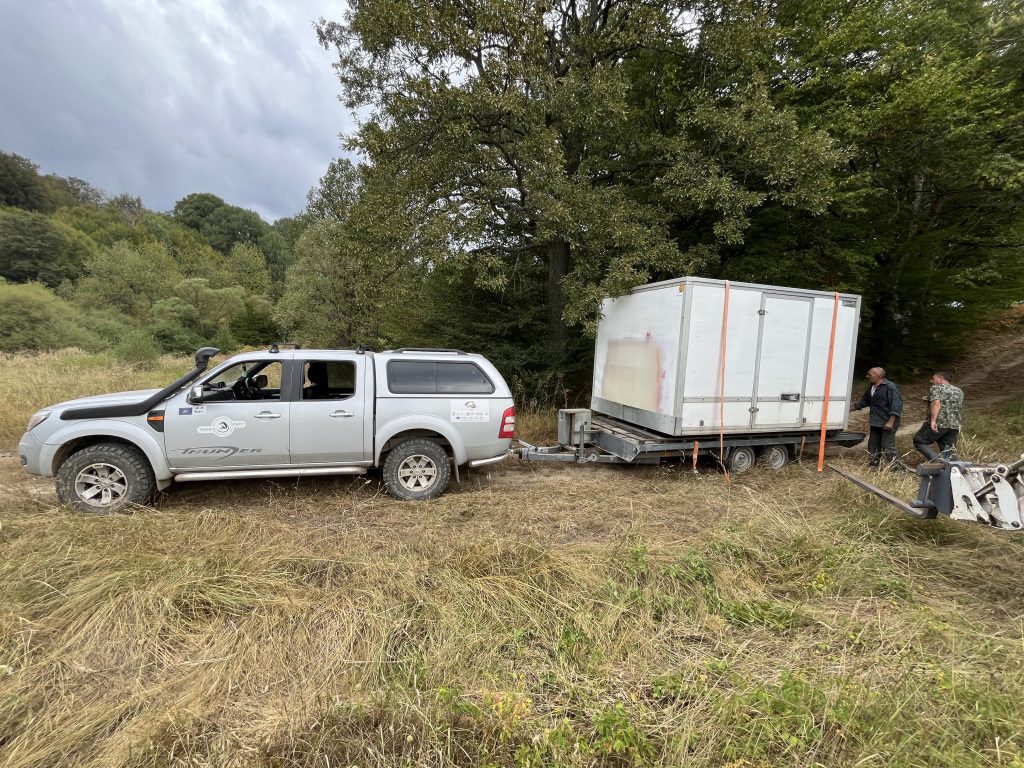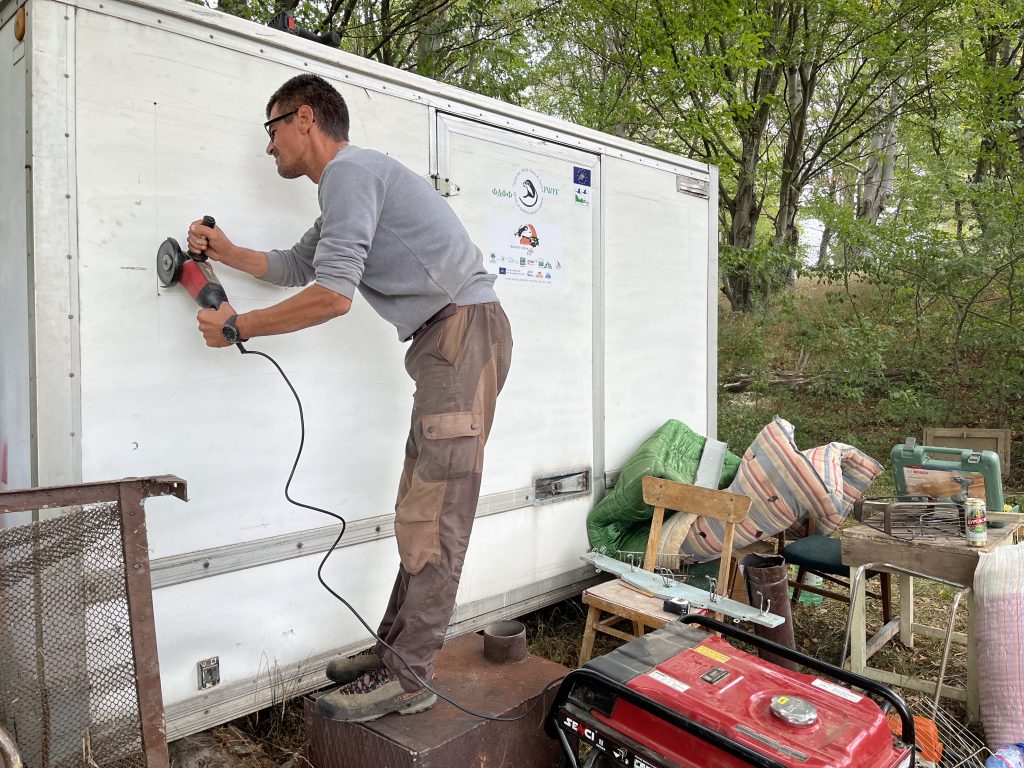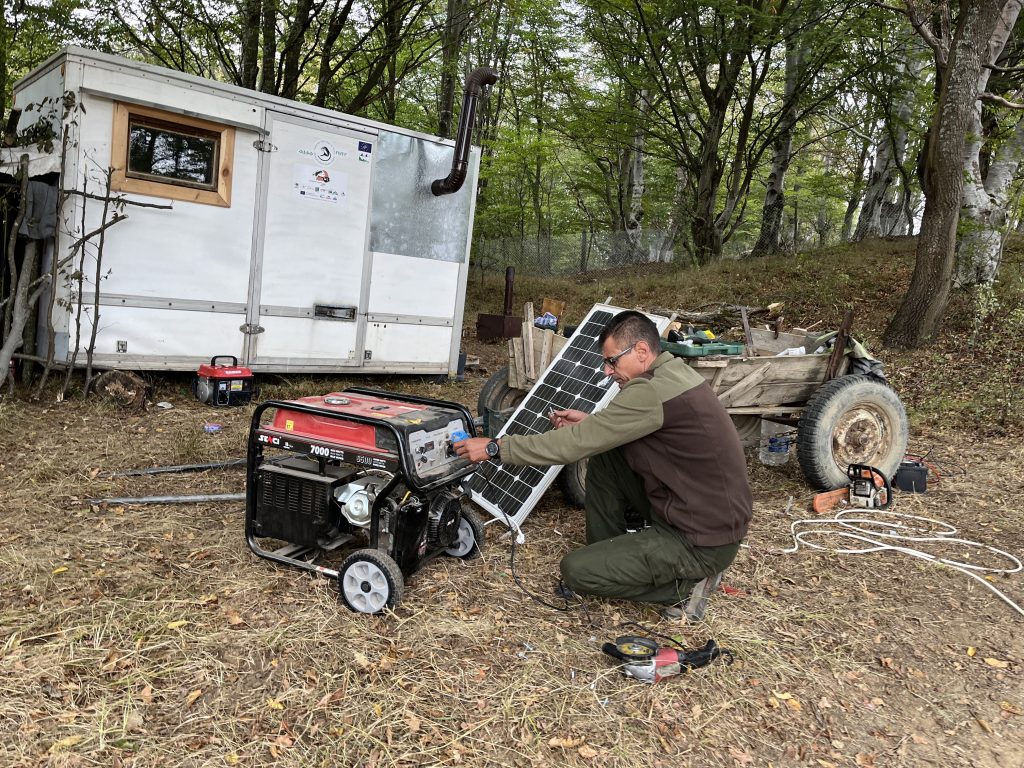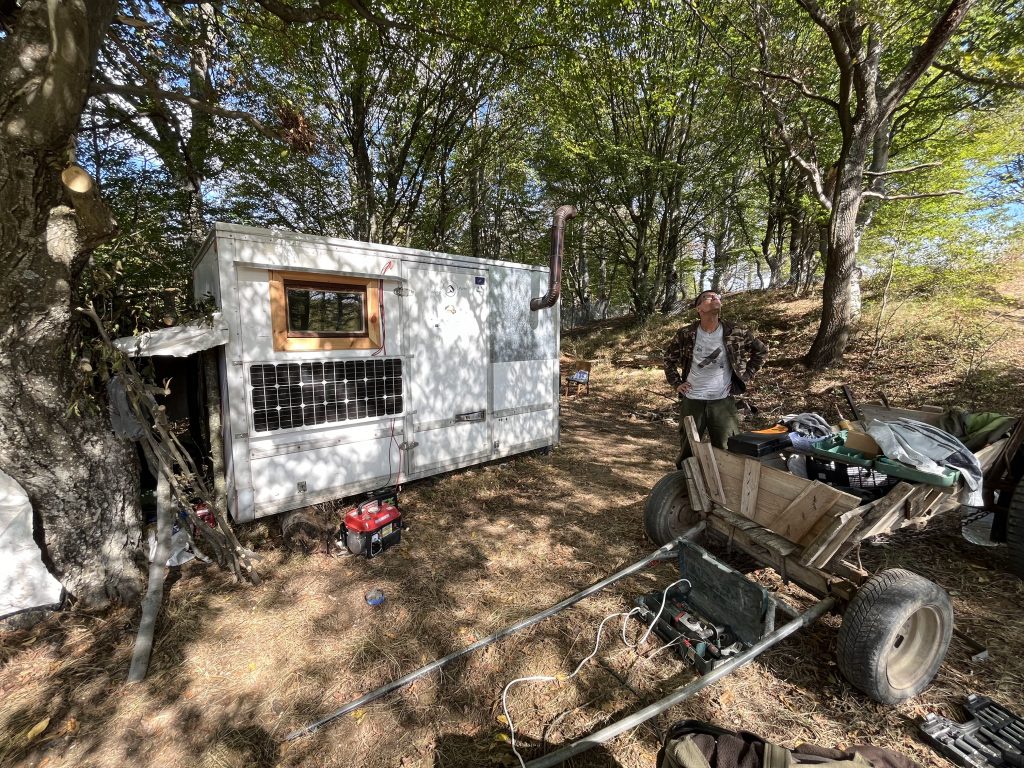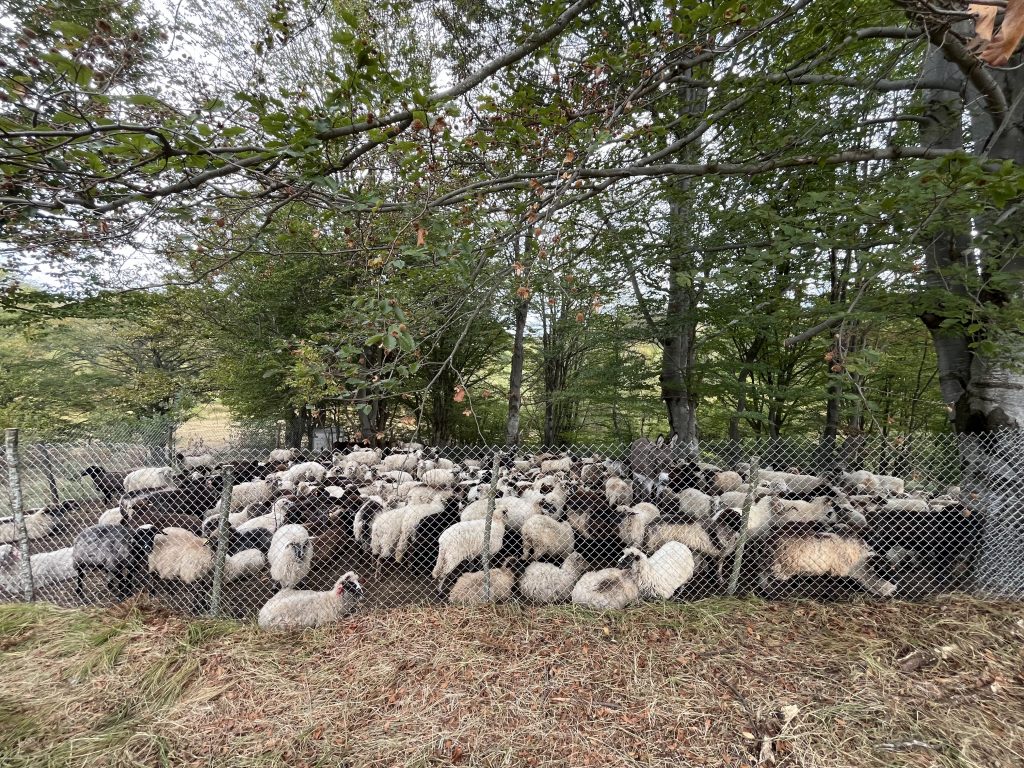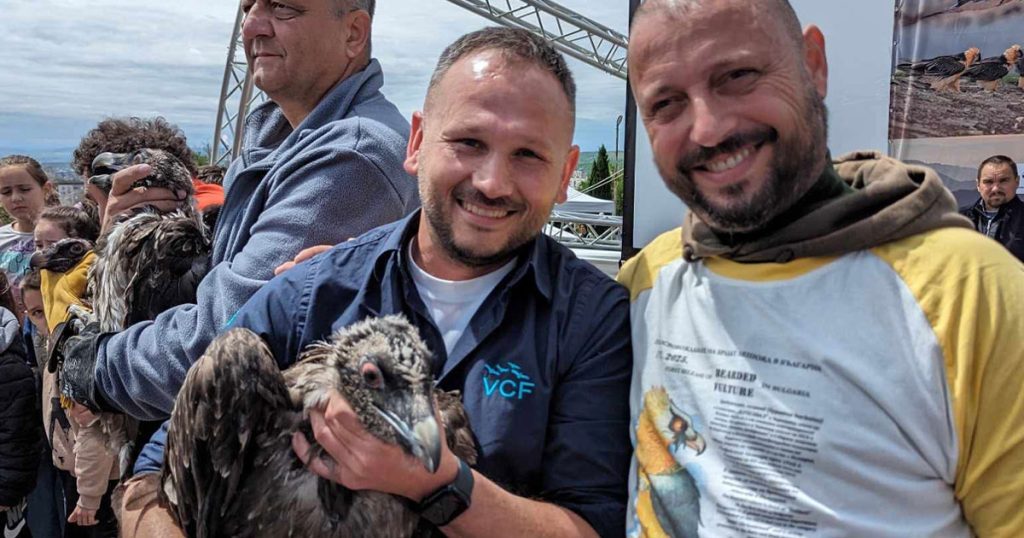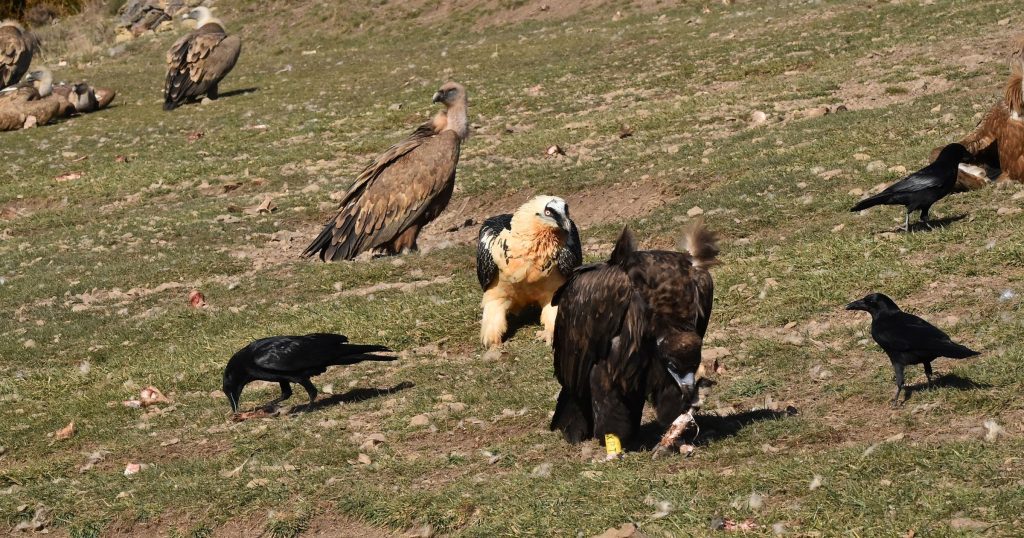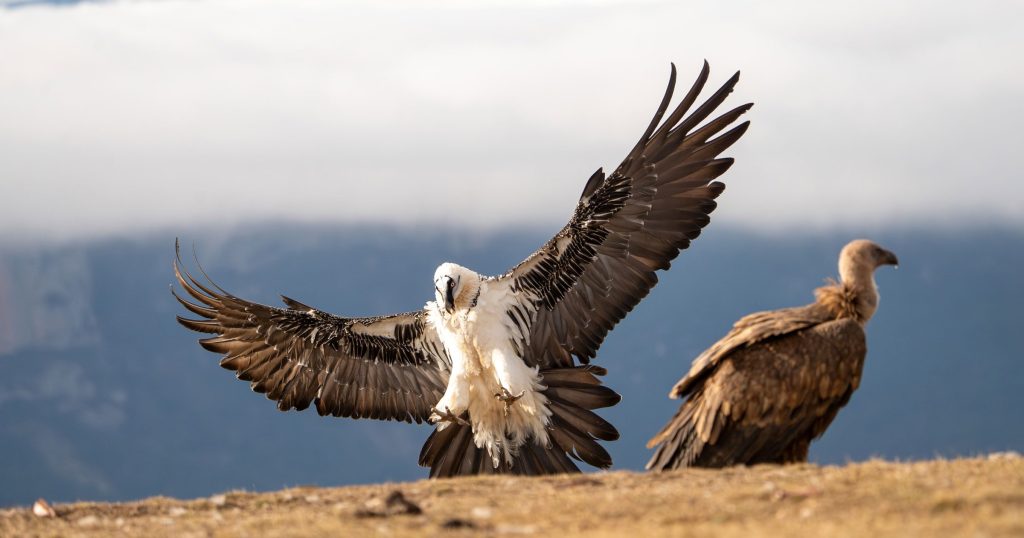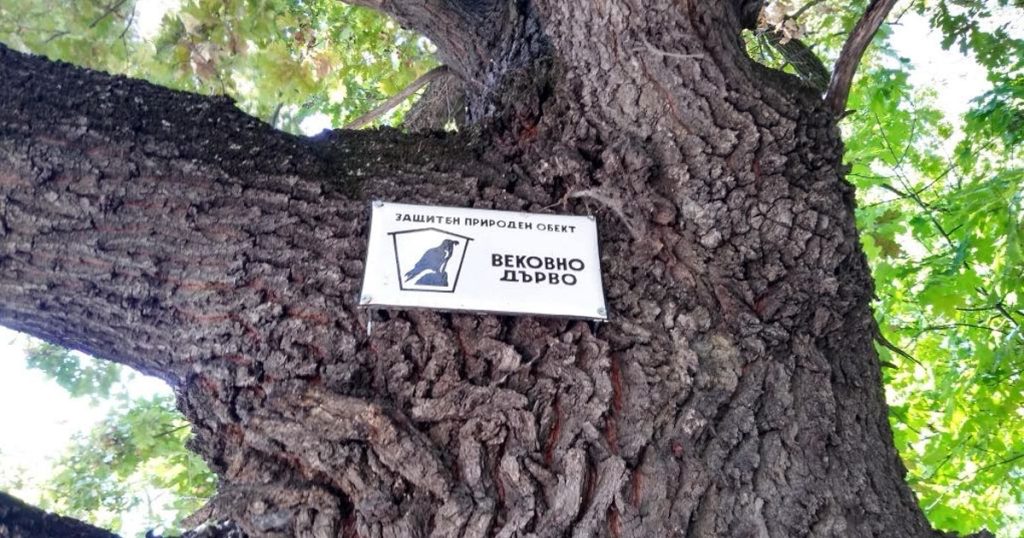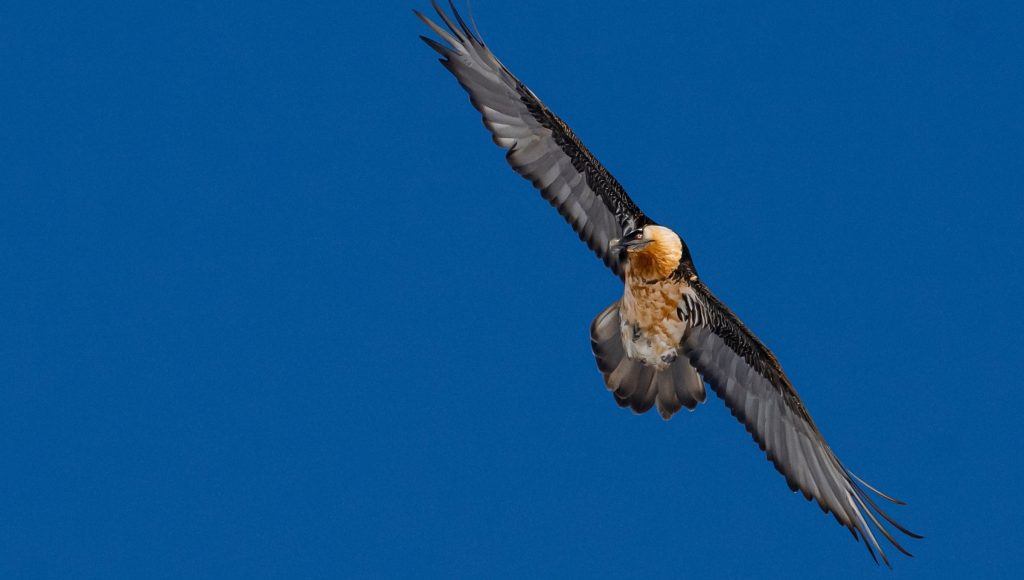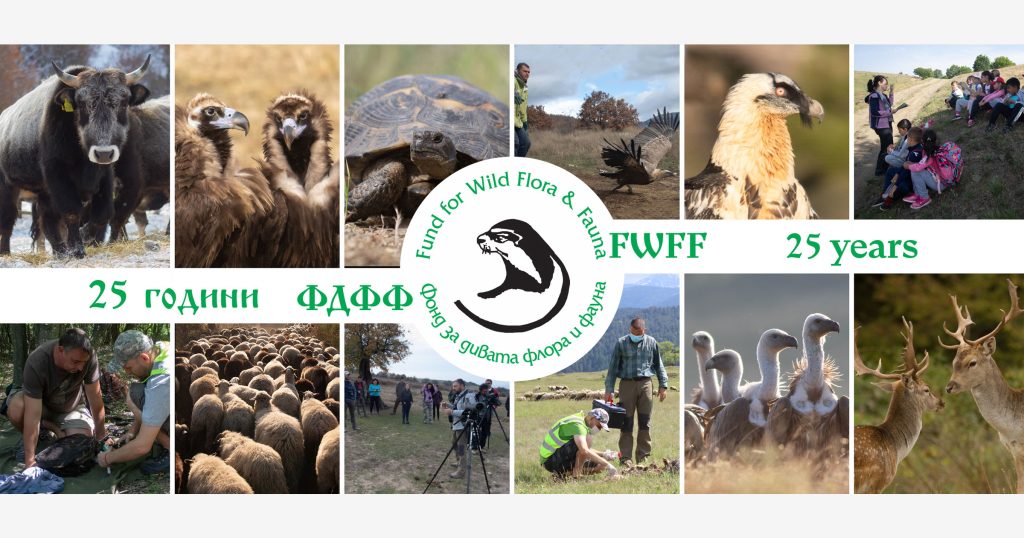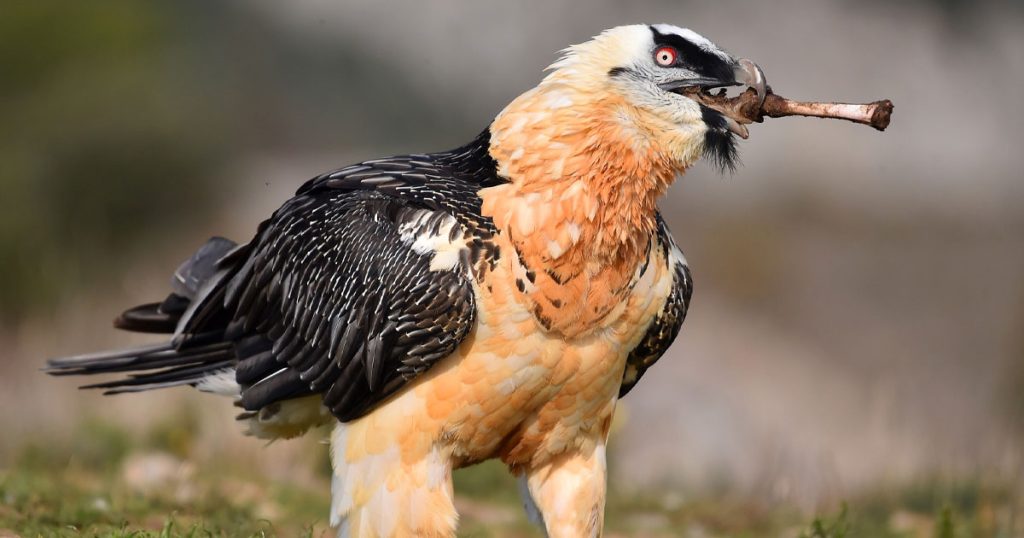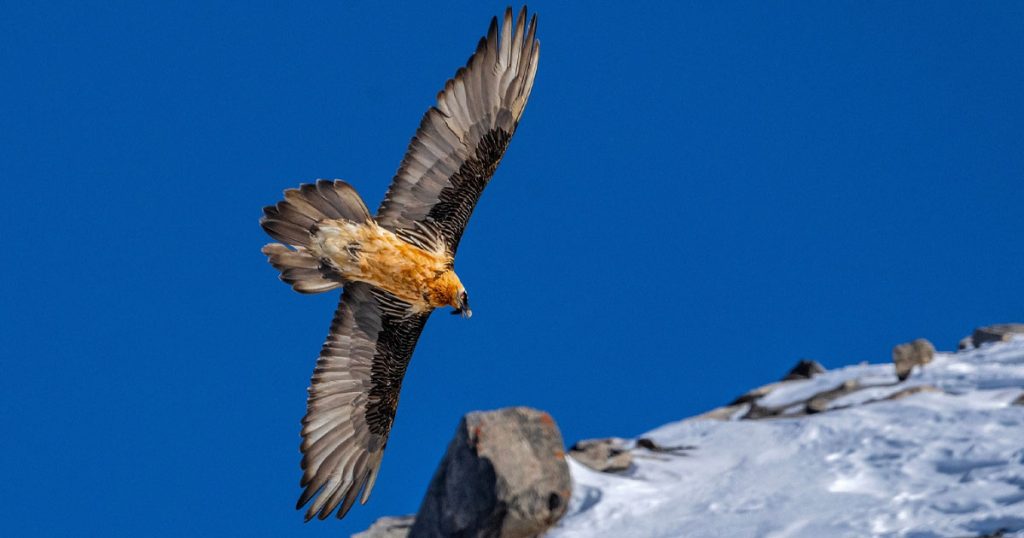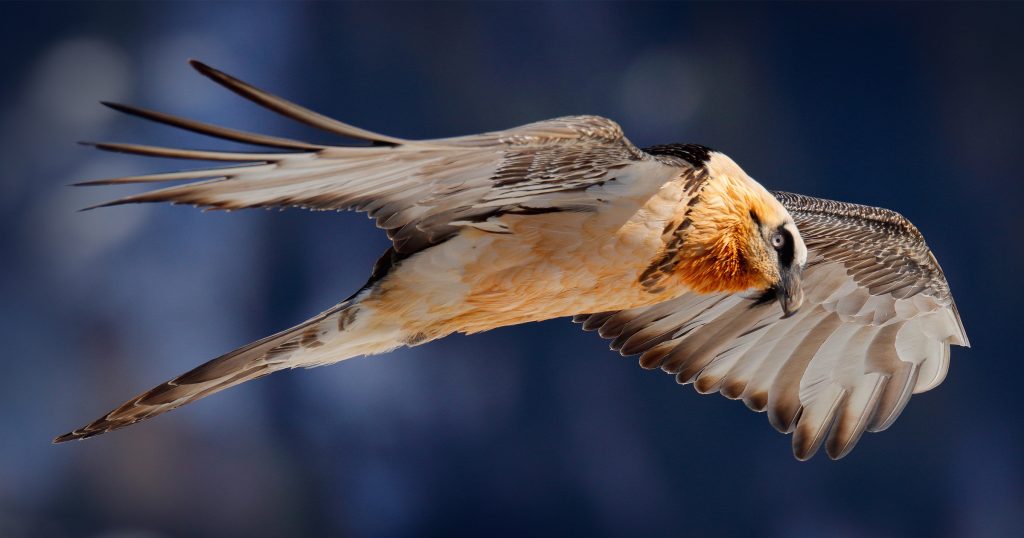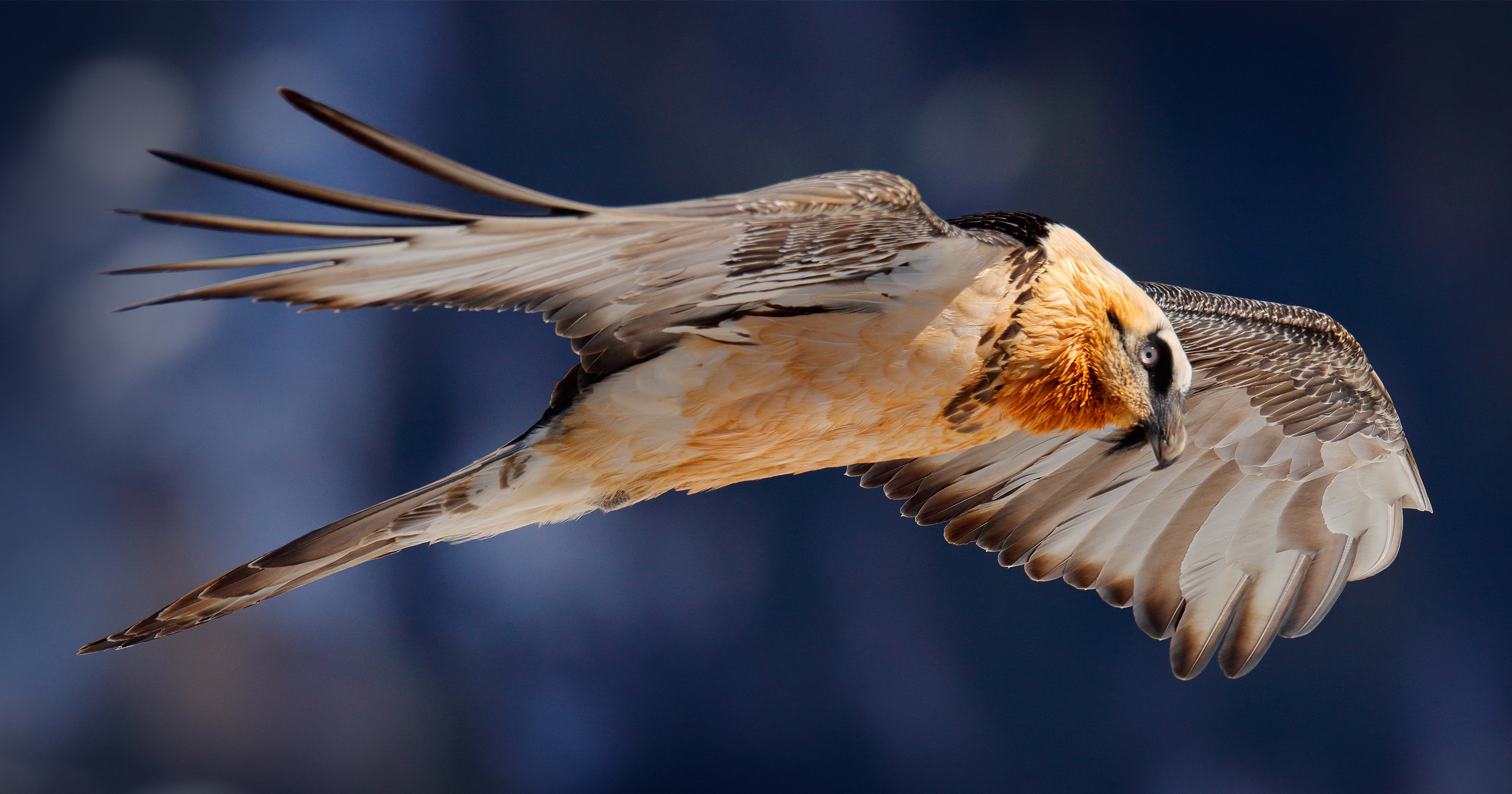A flock of nearly 1,000 sheep moves between different pastures in Kotel Mountain to influence valuable grassland habitats, which vultures in the area regularly visit. Without grazing, these areas quickly become overgrown with ferns, shrubs, and trees (succession). The habitats of six European sousliks (IUCN Vulnerable) colonies, created through our projects in previous years, would also shrink without grazing, negatively affecting their population.
European sousliks are a preferred food source and attract other globally threatened species, such as the Imperial Eagle (IUCN Vulnerable), Saker Falcon (IUCN Endangered), Black Vulture (IUCN Near threatened ), and Marbled Polecat (Vulnerable IUCN).
Why?
High nature-valued zones often comprise a mosaic of habitats and rich biodiversity. This habitat diversity must be stimulated and maintained. Human management of these mosaics of traditional semi-natural habitats helps achieve and maintain balance. For example, if an area is rapidly closing up with forest, herbivores (wild or domestic) grazing or mowing should be increased to preserve the mosaic structure of habitats. Otherwise, species preferring forest habitats will displace those that prefer grasslands. Most importantly, many wild animals have evolved to prefer mixed habitats—feeding in one area, hiding and sleeping in others.
Before the expansion of the human population, large herds of wild herbivores regulated these processes naturally, and wildfires continually opened new areas in the forests. However, human activity is now everywhere—logging, hunting, farming, construction, and hobbies. Thus, all people, whether they wish to or not, and whether they realise it or not, bear responsibility for maintaining balance by adhering to national and European laws, regulations, and rules based on the current need to preserve ecological balance.
What is the situation now?
In many places in Bulgaria today, we must instead open grasslands amid the rapidly encroaching forest. We also need more old-growth forests, not just young ones. Various animal species that depend on these two habitats suffer and decline, appearing and lingering in the IUCN Red List.
Our Project – Conservation Grazing
In the areas where we are reintroducing vultures, we move the flock to where grazing is needed to maintain grassland habitats and preserve the mosaic structure (see above). We established living conditions for our shepherds and temporarily migrated the flock of 1,000 sheep to the lands in Kotel Mountain. The animals immediately benefited from the abundant fresh grass and water. This area has a high concentration of threatened birds of prey, which will benefit from the flock’s activity.
Seasonal Livestock Migration
Read more about Transhumance here. It is still practised in Bulgaria in some places, but it is on the verge of disappearing as a tradition.
